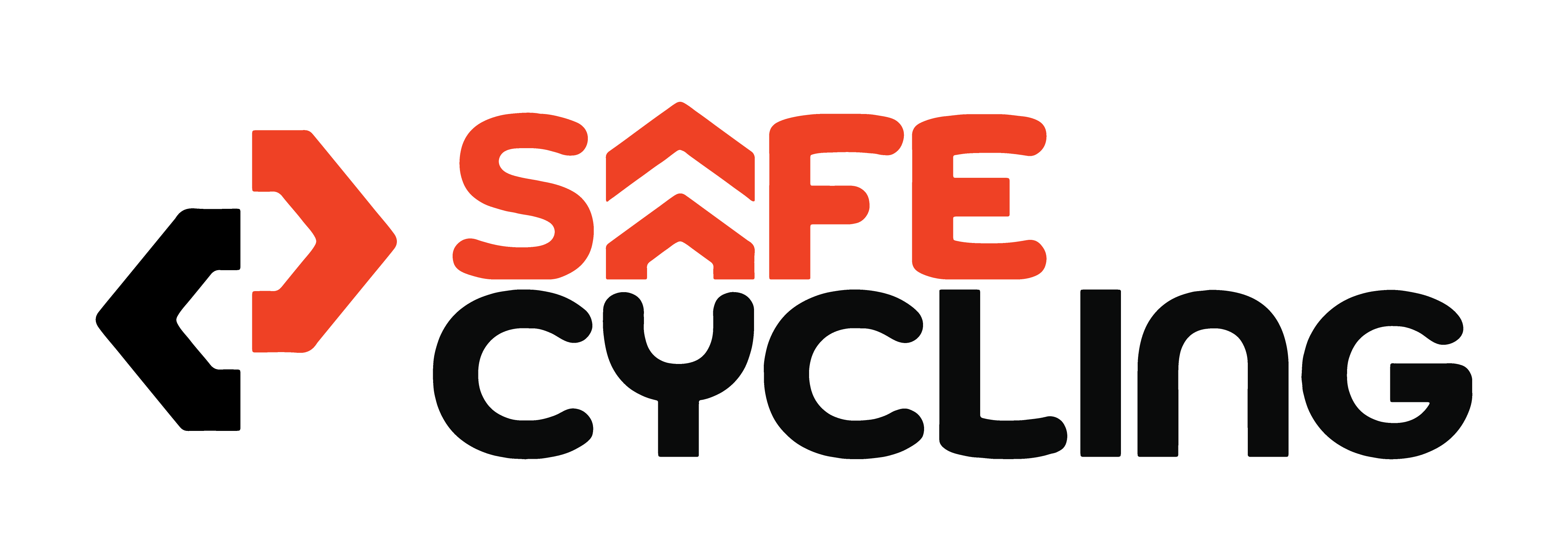Developing Your Event Brand
Key Elements of a Strong Event Brand
Creating a strong brand for your road cycling event is crucial to setting it apart in a crowded marketplace and ensuring it resonates with your target audience. Here are the fundamental elements to consider:
- Unique Value Proposition (UVP): Clearly define what makes your event unique. This could be the scenic routes, the level of competition, the environmental commitment, or the community involvement. Your UVP should answer why someone should participate in or sponsor your event over any other.
- Consistent Theme and Messaging: Develop a consistent theme that can be carried across all promotional materials and communications. This theme should reflect the core values and spirit of your event, whether it’s about endurance, sustainability, or celebrating local culture.
- Logo and Design Elements: Your logo should be memorable and reflect the spirit of the event. Along with this, choose a color scheme and design motifs that can be used consistently across all materials to reinforce the event’s identity.
- Tone of Voice: The way your event communicates should be consistent whether it’s in writing, visuals, or speech. Decide if your brand’s voice is inspirational, professional, friendly, or authoritative, and use this tone consistently to strengthen your brand’s presence.
Using Digital Tools for Brand Promotion
Digital tools are essential for effective brand promotion in today’s connected world. Here’s how you can leverage these tools:
- Website: Create a professional website that serves as the hub for all information about your event. It should be easy to navigate, mobile-friendly, and optimized for search engines. Include sections for registration, FAQs, contact information, and regular updates.
- Social Media: Utilize platforms like Facebook, Instagram, Twitter, and LinkedIn to reach different segments of your audience. Regular posts, live event updates, interactive content (like polls and quizzes), and promotional videos can engage your audience and build anticipation.
- Email Marketing: Develop a series of emails to keep your audience informed and engaged. This can include newsletters, announcements, and targeted campaigns for registered participants or potential sponsors.
- Content Marketing: Publish blog posts, articles, and press releases that highlight the features of your event, training tips, participant stories, and more. This content should drive traffic back to your website and help establish your event as a thought leader in the road cycling community.
- Digital Advertising: Use targeted ads on social media and Google to reach potential participants and sponsors. These ads can be customized to audiences based on interests, behaviors, and demographics.
Step-by-Step Plan for Developing Your Event Brand
Step 1: Define Your Unique Value Proposition (UVP)
- Task: Identify what sets your event apart from others. Consider location, type of event, target audience, or any unique features.
- Tool Suggestion: Use a UVP Canvas to map out the value your event provides to participants and sponsors.
Step 2: Establish Your Brand Identity
- Task: Develop a consistent theme, including logo, color scheme, and design elements.
- Tool Suggestion: Brand Identity Kit template that includes guidelines for visual elements and tone of voice.
Step 3: Create Your Brand Messaging
- Task: Craft key messages that communicate the essence of your event. This includes creating a tagline, mission statement, and core message points.
- Tool Suggestion: Messaging Framework Template to organize and standardize messaging across all channels.
Step 4: Develop Digital Presence
- Task: Build a professional website and establish profiles on relevant social media platforms.
- Tool Suggestion: Website Development Checklist and Social Media Setup Guide.
Step 5: Plan and Execute Digital Marketing Strategies
- Task: Utilize digital tools to promote your event. This includes content marketing, email marketing, social media engagement, and digital advertising.
- Tool Suggestion: Digital Marketing Strategy Matrix to outline activities, channels, budgets, and timelines.
Step 6: Launch and Monitor Your Brand Promotion
- Task: Implement your marketing plan, launch your promotional campaigns, and monitor their progress.
- Tool Suggestion: Performance Tracking Spreadsheet to measure effectiveness and ROI of marketing activities.
Step 7: Evaluate and Iterate
- Task: Analyze the data collected from your marketing efforts, gather feedback, and make necessary adjustments to your strategy.
- Tool Suggestion: Brand Audit Checklist and Feedback Analysis Template.

